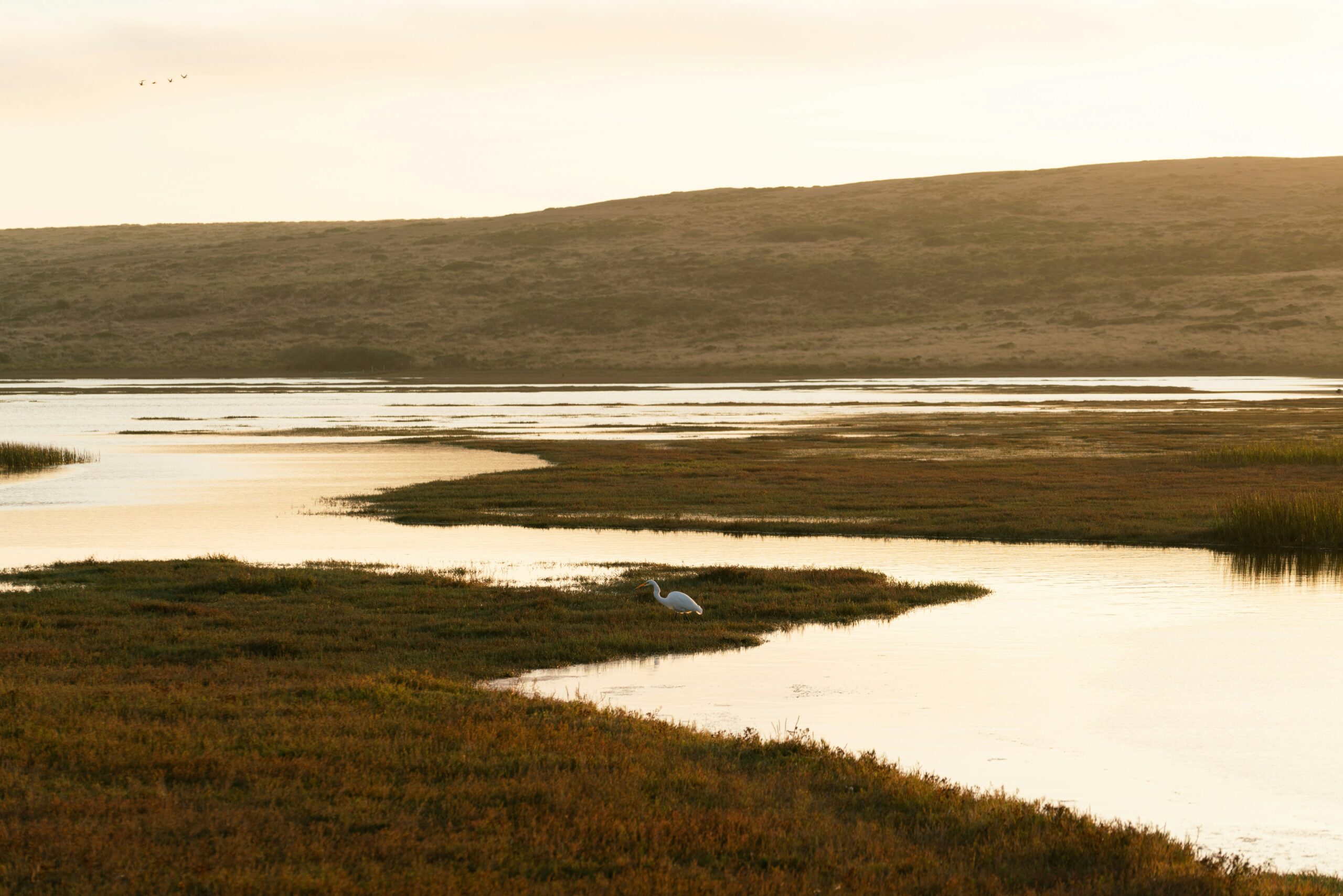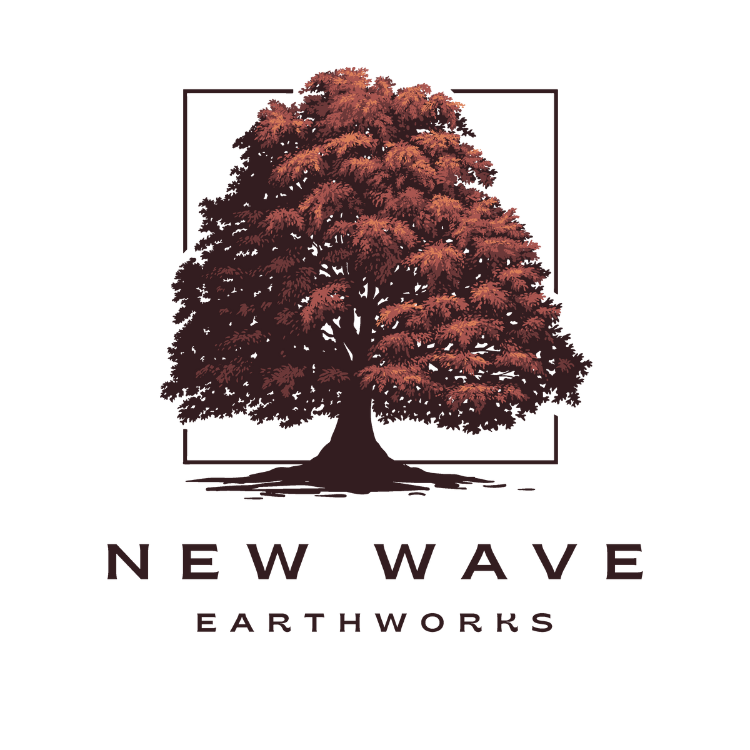Around the world, wetlands cover more than 12.1 million kilometres. More than 1 billion people rely on fish harvested from wetlands as their primary sources of protein. In the lower mainlands, wetlands preserve our ecosystems, biodiversity, and groundwater; yet over 70% of them have disappeared. So, the question is, how do you build a wetland?
Wetland restoration and construction happen in 4 stages. Invasive species are removed from the site. Clean sand and sediment layers are restored or built, and then native plant species are used to populate the area. After the restoration process, the contractor monitors the wetland carefully to identify issues and address them till it grows self-sufficient.
In this article, we will explore the entire process of wetland restoration in brief. We will discuss all 4 stages of the process, and then discuss how you can play a vital role in the restoration process yourself.
What Are Wetlands? Why are Wetlands Important?
Wetlands are defined as clearly established areas of land that are seasonally or permanently saturated or flooded with water. They are invaluable environments that consist of rivers, streams, natural lakes, ponds, and aquifers; peatlands, including bogs, mires, and fens; marshes and swamps, including flood plains; lagoons and coastal estuaries, including unvegetated tidal flats and salt marshes; seagrass beds, mangroves, and coastal deltas; man-made wetlands, such as rice paddies; and our quickly dying coral reefs.
Wetlands are the primary source of freshwater for the entire world. Over 2 billion people in the world rely on them for fish and rice, and rice production is also the primary source of employment and livelihood for more than 1 billion households in Asia, Africa and the Americas. Also, wetlands serve as natural habitats for more than 100,000 freshwater species. In a nutshell, wetlands are the primary source of drinkable water, food, and life in the world.
If you want to learn more about why wetland restoration is important for the lower mainland, we’ve discussed it in this article.
The 4-Step Wetland Restoration Process
Wetland restoration is a substantial effort that requires skill, knowledge, and patience. The lower mainland only makes projects such as these challenging, as its microclimates and soil conditions add to the challenges. However, all wetlands must undergo 4 steps to be fully restored:
Elimination of Invasive Species
The first step to restoring wetlands is to get rid of any invasive plant species inhabiting them. Depending on how dense and widespread the foliage is, we can remove them manually, using machines, herbicides, or outright burning them down in a controlled fashion. Typically, herbicides are preferred by professionals as proper use has the least amount of environmental impact.
Without proper precautions in place, even herbicides can cause damage to local flora and fauna through particle drift. To prevent such issues from happening, experts will collect information such as wind direction and speed, temperature, humidity, and soil conditions. They will then use the data to use appropriate nozzles and modify spray droplet size so it does not drift away.
In some cases, volunteer efforts are welcomed to track and manually remove invasive species. This is especially effective in cases where herbicides or controlled burns cannot be used. During the clearing process, public safety notes are posted stating the method of elimination, areas that are unsafe to traverse, and prospect dates for when the wetland is safe for visiting.
Formation of Clean Sand and Sediment Layers
The next stage of the restoration process begins with excavating degraded, contaminated, or chemically altered sediment off the site. Afterward, clean materials, such as clean sand, engineered caps, and organic black dirt are used to rebuild the wetland. As the wetlands have waterlogged soil, usually amphibious equipment is used for this purpose.
The sediment layering is quite critical in the process. The topsoil layer is home to plants and microbes. So it has to be rich in organic matter and nutrients and be dense enough for plants to take root easily. The lower layers are gears towards water filtration, retention and drainage. These layers play a vital role in nutrient cycling and decomposition.
The goal is to recreate the natural curvature of the wetlands. This encourages natural water flow and restores the moisture levels of the wetlands. Usually, 10-20 cm of organic, nutrient-rich soil serves as the top layer, with clean sand or gravel serving as the subsurface layers. The wetland may require additional layers that serve as transitional zones between the wetland and the surrounding dryland.
Seeding and Planting
After creating the necessary soil layers, new plants and trees have to be planted immediately. Species such as Cattails (Typha latifolia and Typha angustifolia), Sedges (Carex aquatilis), and Skunk Cabbage (Lysichiton americanus) are perfect for this, as they thrive in waterlogged soil and have deep roots. These species grow fast, so they prevent invasive plant species from coming back. They also prevent soil erosion and provide a stable food source for the animals.
Even if they grow fast, this phase of wetland restoration takes time. Grasses and shrubbery will require 1-2 years. But trees such as the Pacific Willow (Salix lasiandra) and Red Alder (Alnus rubra) will take years to grow properly. This is why the next and final step to restoration is observation and maintenance.
Monitoring and Maintenance
After the restoration efforts, contractors and owners will spend a period of time monitoring the wetland. During the waiting period and later periodic maintenance plants that failed to grow will be replaced and invasive species will be tracked down and eliminated. It is a continuous process and it requires patience until the vegetation has successfully occupied the space.
New Wave Earthworks. Lower Mainland’s Wetlands Specialists
Wetland restoration is a complicated process that requires proper knowledge, dedication, and patience. New Wave Earthworks has extensive experience in large-scale wetland restoration projects, aimed at reviving these crucial ecosystems. We conduct careful planting of various species specific to each project, and our crew is adept at the removal of invasive species, ensuring the long-term health of these restored areas.
So, if you are looking for environmental construction experts in the lower mainland, especially Chilliwack, Abbotsford, and the Tri-Cities, New Wave Earthworks is your best solution. Call us today at (604) 855-2603!
Conclusion
Wetland restoration is a matter of patience and expertise. The maintenance stage is crucial for the long-term success of the project, and key to turning it into a vibrant natural habitat for many species of plant and animal life. In the lower mainland, this stage is even more important, as noticing the climate patterns and soil condition changes will shape how your restoration efforts turn out. So, expert hands are a must for the sake of preserving the wetlands.


